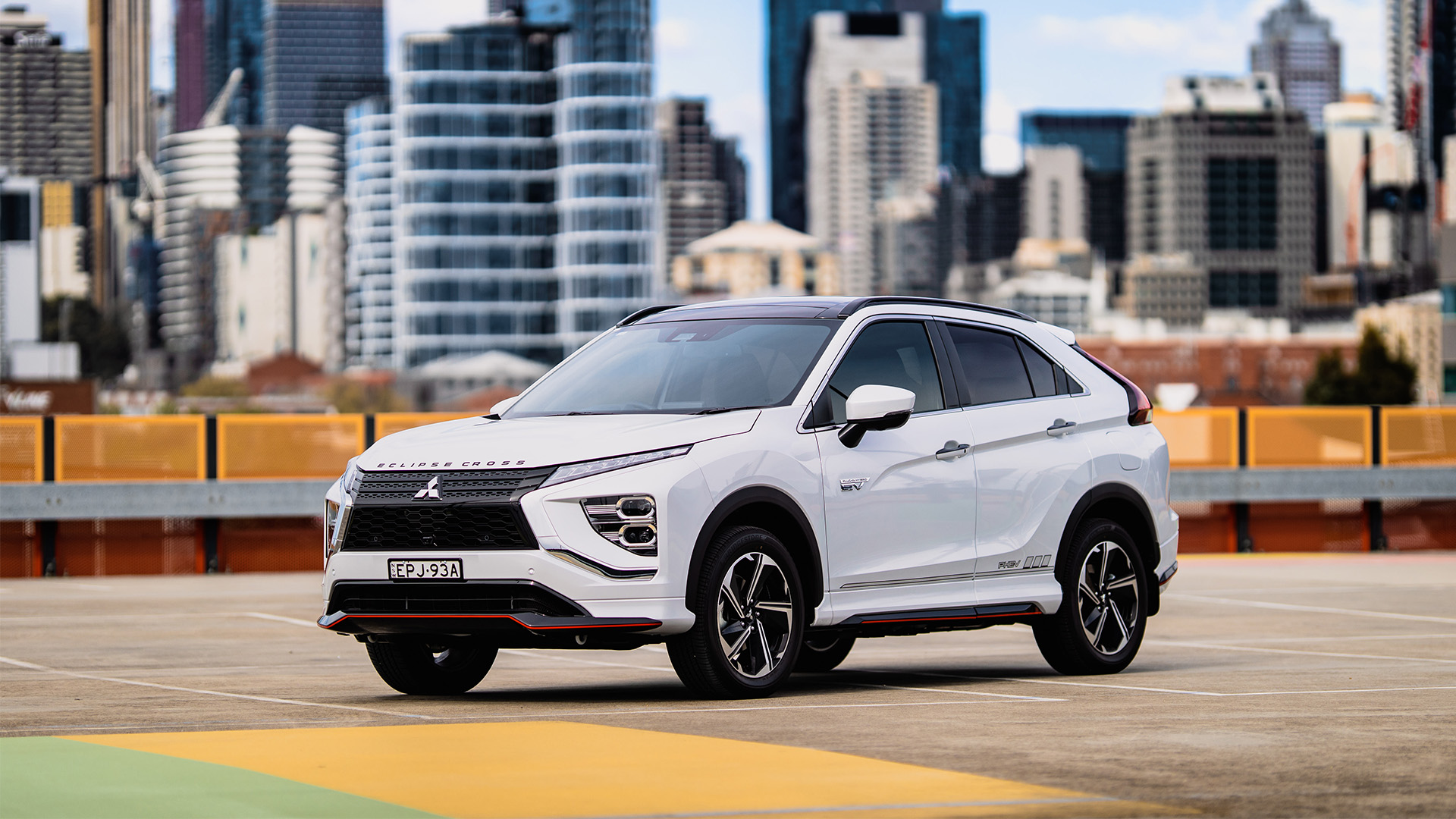Congratulations, you’re ready to buy your first car! With so many models to choose from, and features to consider, buying your first car can feel a little overwhelming. In this guide, we outline our top new driver tips for first time buyers, and break down some of the key considerations behind your purchase.
1. Work out your must-haves and want-to-haves before you start
Before you start the process of buying your first car, it’s essential to work out what features are most important to you. Break these up into must-haves and want-to haves so that you can easily tell if particular models check off your essentials. Here are a few areas to consider:
Safety
Safety is one of the most important areas to consider in any car, especially if you are a new driver. Look for advanced safety features, such as Forward Collision Mitigation found in the Mitsubishi Eclipse Cross and ASX.
Size and Space
Car size will depend on your needs, and bigger isn’t always better. Compact SUVs like the Mitsubishi ASX can offer better fuel economy and easier parking for smaller families. Space, on the other hand, is always useful – so if you’re opting for a smaller model, consider looking for foldable rear seats and a spacious cargo area.
Comfort and interior
You will spend many hours behind the wheel of your new car, so it’s important to take interior comfort into consideration. There is no substitute for sitting in the car during a test drive and seeing how comfortable you feel. However, it is worth considering features such as climate control and smart phone connectivity.
Fuel economy
A good fuel economy has benefits for both your wallet and the environment. Fuel economy can be a trade off with other features, but it’s important to at least understand and be aware of the fuel usage of the car you are considering. Smaller SUVs such as the Mitsubishi Eclipse Cross can offer frugal fuel economies while still delivering the power you need in most situations.
2. Know your budget
When buying your first car, knowing your budget includes much more than simply the cost of the car itself. You will also need to consider the cost of registration, insurance, maintenance and fuel.
If you’re not sure how much these costs might be, ASIC’s SmartMoney app helps break down the price of buying and running a car so you can make sure your budget is accurate. Programs such as Mitsubishi’s Diamond Advantage which includes 10 year capped price servicing can help make estimating costs easier.
3. Research ahead of time
It is easy to get swept away when you see a car at a dealership, so it’s important to do your research ahead of time. Understand the features of the cars you are considering before you visit the dealer, and narrow your choice down to a few options. You should also know the price of the car, with and without different features, so you can check what matches your budget. Finally, research carefully ahead of time which extras you are considering, so you only drive out with what you need.
4. Take a test drive
Once you’ve narrowed your choices down to a few options, there is no substitute for getting behind the wheel of the car yourself. Since you are buying your first car, the handling of your top choices might not match your expectations. During the test drive, take the time to adjust the car to check for comfort, try out as many features as possible, and ask the dealer any questions that you have about the car you are driving.
